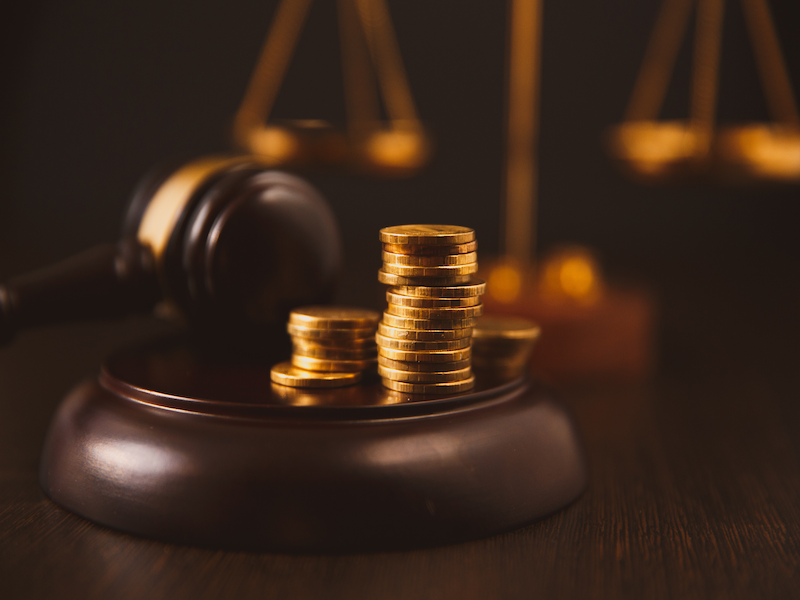

While many institutional investors participate in class action lawsuits against investee companies to recover assets lost due to malfeasance, others do so to be activists, according to W. Mark McNair, a securities litigation lawyer at Kaplan Fox & Kilsheimer LLP.
Plan sponsors that have suffered a significant loss may file a claim to signal to their stakeholders they’re doing everything they can to recover assets on their behalves. But lawsuits can also be launched to affect corporate governance.
“If a case is filed and there’s a settlement, the dollars come first,” he says. “After that is negotiated, you can try to seek some needed corporate governance changes. That’s an important factor, particularly now when there are a lot of cases where there’s an [environmental, social and governance] component. It’s not just the money being recovered, it’s also the feeling that they’re making a difference.”
Read: A look at the latest legal issues around ESG investing
To shift the balance of power between shareholders and class action lawyers, the U.S.’s Private Securities Litigation Reform Act of 1995 encouraged institutional investors to participate as lead plaintiffs in securities class actions by allowing investors with the most substantial losses to take control over these cases. Since the passage of the PSLRA, institutional investors have relied on portfolio monitoring services offered by plaintiff class action law firms to identify loss recovery opportunities. The Harvard Law School forum on corporate governance estimates about 40 per cent of securities fraud cases have a public pension fund or labour union fund as lead plaintiff.
Portfolio monitoring — offered for free — sees law firms watching a plan’s portfolio to identify significant losses that plan sponsors may want to act on, says McNair, noting each action requires a lead plaintiff that’s selected by the court at the end of the 60-day window. “To be the lead plaintiff, you have to file a motion to be the lead plaintiff. If you are selected, you’re in charge of the entire litigation.”
Normally, the lead plaintiff is the investor with the largest loss in the case, says McNair. There are different ways losses will be calculated. Most common is calculating losses on a ‘last-in, first-out’ accounting basis. In the context of securities claims, this approach calculates the plaintiff’s damages by matching its last purchases during the damage period with its first sales during the period.
Read: Pension plans among shareholders suing Shell board over climate strategy
However, the U.S. is an opt-out system. While all claims automatically make an investor part of the class, if chosen as lead plaintiff, they can decide to opt out. “If you don’t step forward to be the lead plaintiff, you’re still going to get your proportionate share of recovery,” says McNair.
When institutional investors are involved in these cases, the recoveries tend to be larger than for individuals, he notes. “Part of that could be that institutions probably get involved in stronger cases and are somewhat more selective.”
While a large number of Canadian pension funds are currently being monitored, one unique aspect of these funds is many are pooled, says McNair. “If that’s the case, whoever holds the equities in the pool makes the claim. However, pooled funds wouldn’t be able to take a lead role in a case.”
There’s no legal requirement for a pension fund to be monitored, he adds, and the issue of whether plans have a fiduciary duty to so do is unclear. “Some say they have a fiduciary responsibility; some people say they don’t. It could be argued they have a fiduciary responsibility to make sure they recover assets lost as a result of malfeasance by a company they’re invested in. But, since it’s an opt-out system, they’re part of the class anyway. It’s not exact.
“Still, it makes sense to at least know what’s going on, particularly if they can do so at no cost because these monitoring programs are free.”
Read: How are pension plan sponsors’ fiduciary duties evolving in the time of coronavirus?
